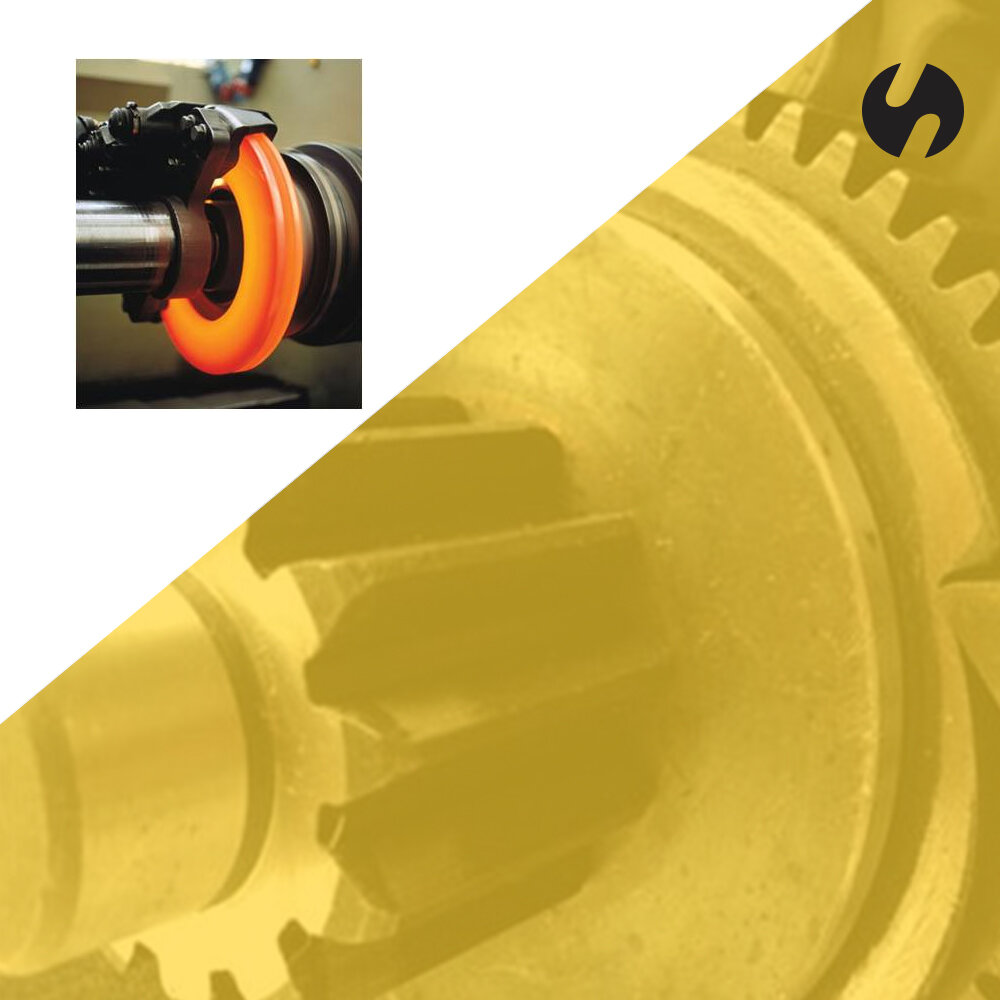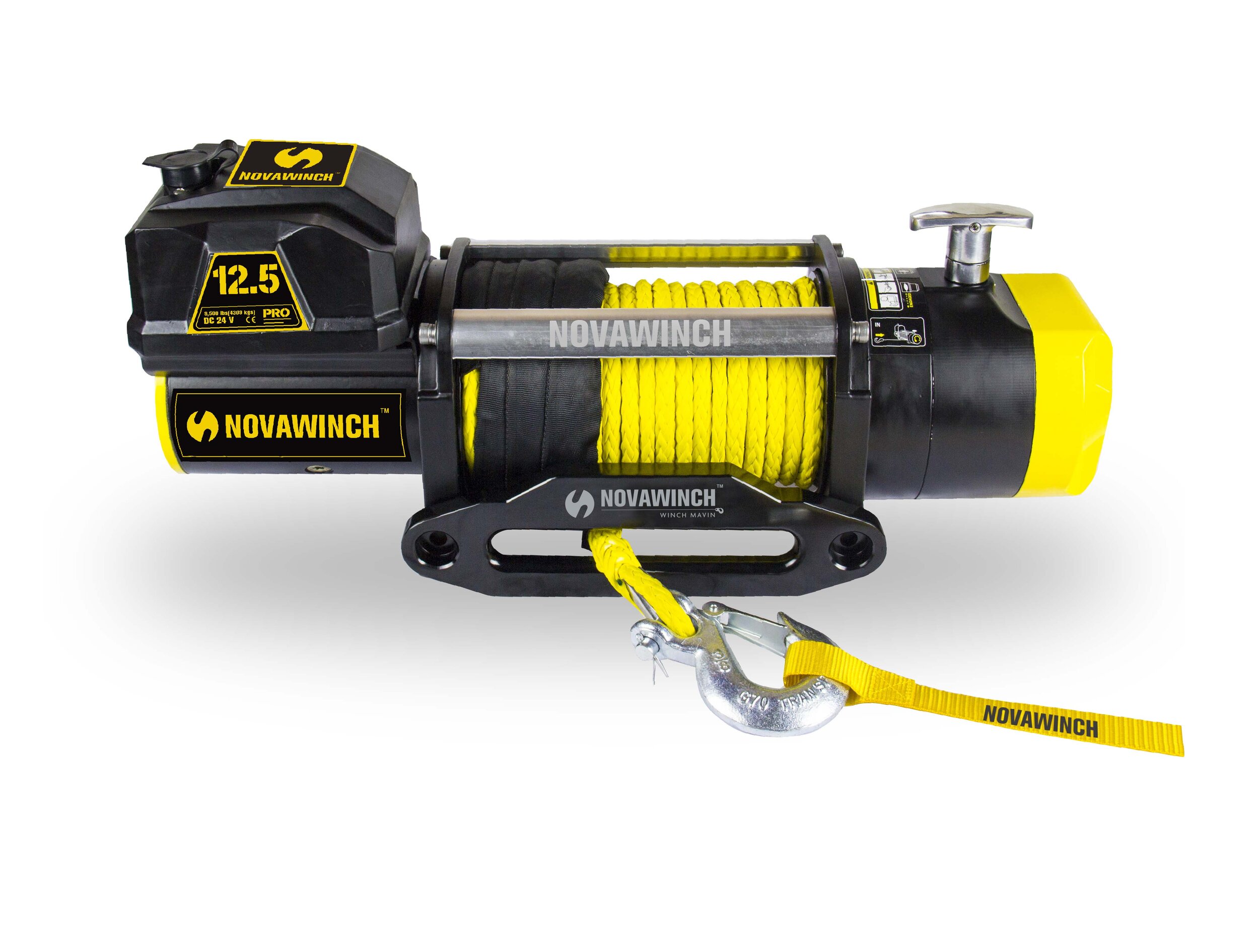The world’s greatest synthetic rope winch.
Ever since man put synthetic rope on a winch, it’s been a compromise. A compromise in winch construction, rope safety and even customer safety. Today, NOVAWINCH rights that wrong with the Pro Series winch - the world’s greatest synthetic rope winch.
Rope matters. Traditionally, winches had aircraft-cable grade wire rope. It’s resilient, can take a bend and doesn’t give a hoot about heat. Winch design remains stubbornly traditional - very little has changed design-wise since since the dawn of the recovery winch. You’ve got a high speed motor, a planetary gear system to turn that speed into power and a drum made to hold the wire rope.
And therein lies the problem: synthetic rope DOES NOT equal wire rope. They are different beasts. Synthetic rope can be stronger and lighter but is more susceptible to abrasion. It’s affected by heat. It refuses to stack up on itself like wire rope under load and instead dives down into tighter and tighter spaces. But winch manufacturers refuse to change their designs from those of the 1980s. Until now.
The Novawinch Pro is different in 4 main ways to better deal with synthetic rope. Here’s where the competition starts to get nervous…. They are:
DRUM
NOVAWINCH drum on the Pro Series is different. Long ago in the test lab we say synthetic rope squeeze drum tubes during pulls below rated load (and that’s enough to scare anyone, as a few of these even failed). So the drum tube is beefed up and the drive spline is extruded making power transfer a secure operation.
Additionally, the flanges are welded to the thicker-than-average tube. This stands in opposition to cast aluminum drums that don’t have this reinforcement. Why? When synthetic rope is pulled in under load, the rope diameter changes and does it’s best to squeeze into the layer(s) below. As it does this, it puts pressure longitudenly on the drum tube, encouraging the flanges to crack, pop off or worse. So we weld them.
Yes, all of the above adds to the cost of the winch but to do it any other way adds risk we’re not taking.
Brake
Winch brakes, when powering out, generate heat. Synthetic rope is degraded by heat. We’re not the first to realize this - to mitigate this, most winch manufacturers chose one of the following:
ignore the problem (sorry, we don’t warranty rope - it’s a wear item)
Use a weaker rope that handles heat better
And that rounds out the group. Every brand name you know fits into one of those two categories. Assuming your sitting down, let’s look at what NOVAWINCH does.
NOVAWINCH moved the PRO Series brake to the gearbox. In doing so, they moved any degrading heat away from the drum to where the synthetic rope lives. Easy enough.
Freespoolin’
NOVAWINCH PRO Series winches feature a gearbox design that offers an additional benefit than just making room for the brake. Remember how we told you the nature of the synthetic rope is to dig into layers under it? That makes freespool very difficult.
Enter the advanced gearbox design of NOVAWINCH. The PRO Series gearbox features a 2-stage spur/2-stage planetary gearset. The bonus of this set up is the easiest to manually pull rope off the winch (especially when the rope is fighting you every step of the way).
The PRO’s gearbox makes a noticeable difference in freespooling rope manually. Don’t take our word for it, check out this video at about the :30 mark. It’s just easy.
NOVAWINCH worked hard to build a winch that lives up to the promise of synthetic rope without compromise. The result is a winch that takes full advantage of light and strong without making compromises that put you or your gear in danger. Check out the NOVAWINCH PRO Series in 9500 or 12,500 capacities or see the full range here.




